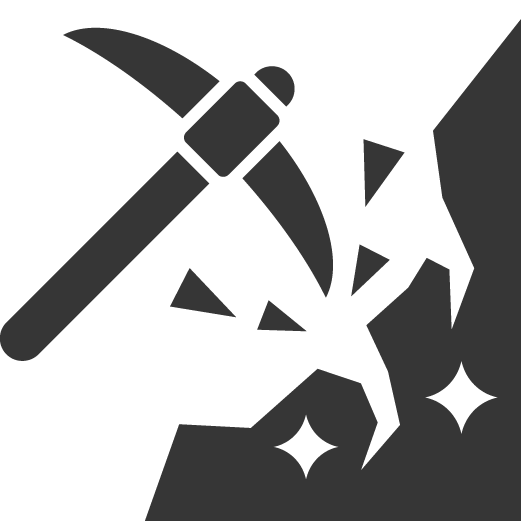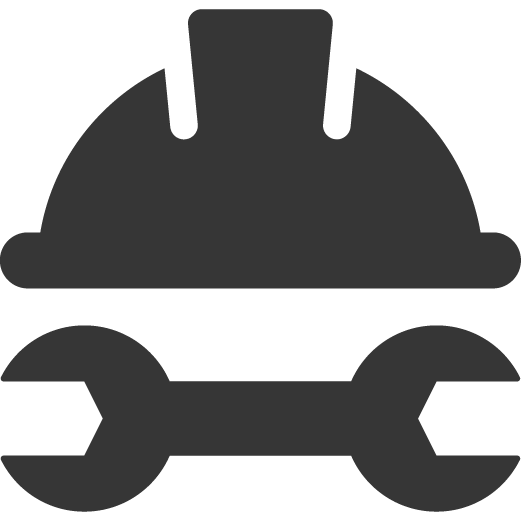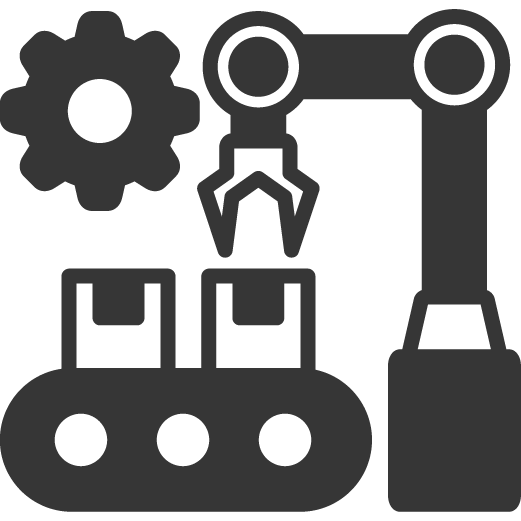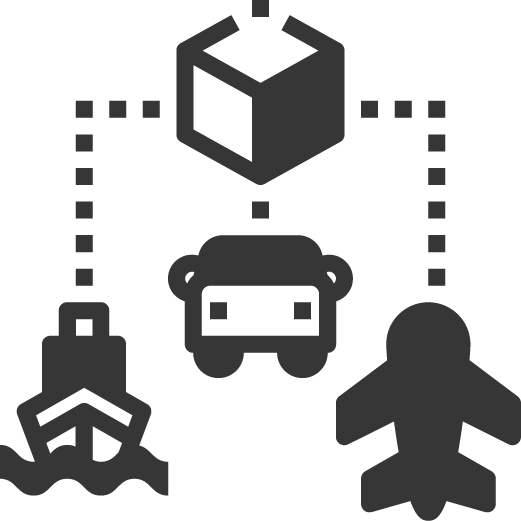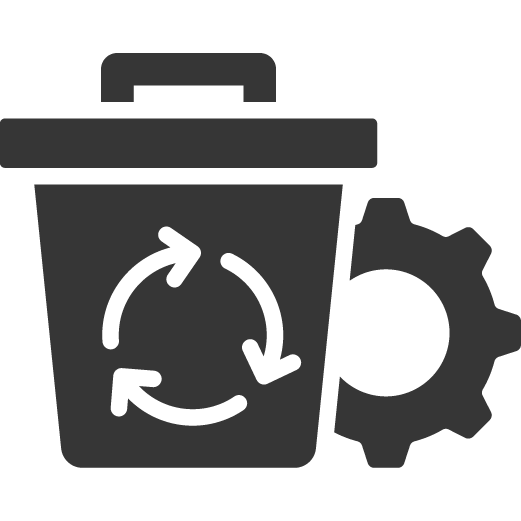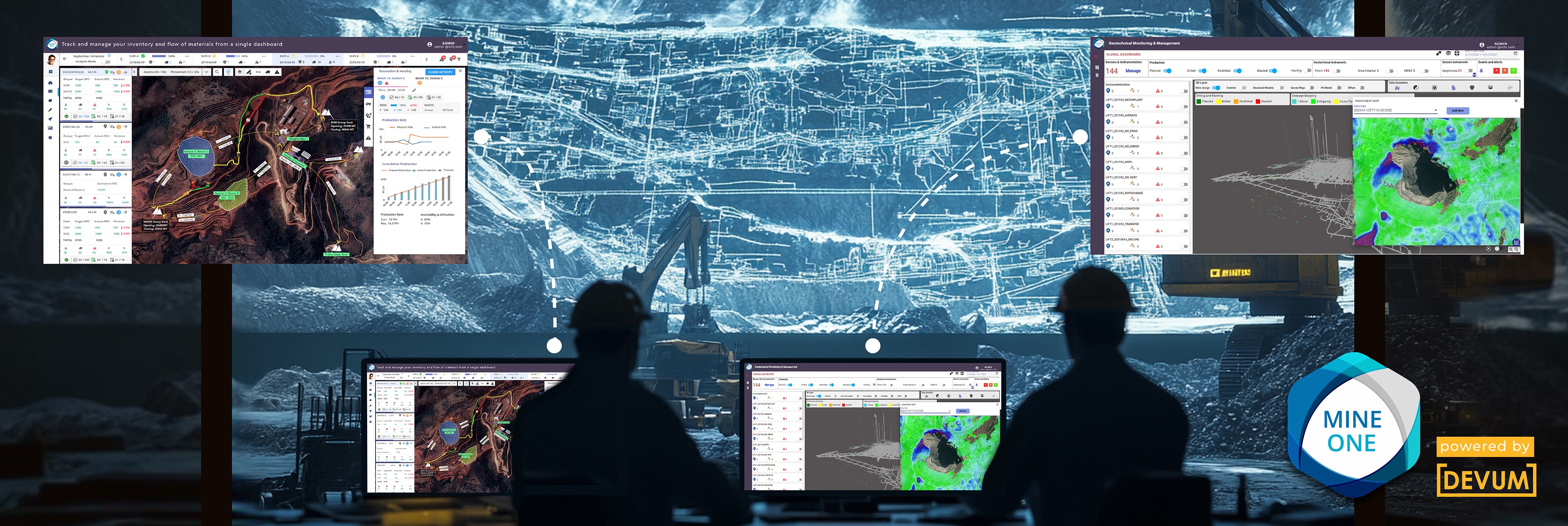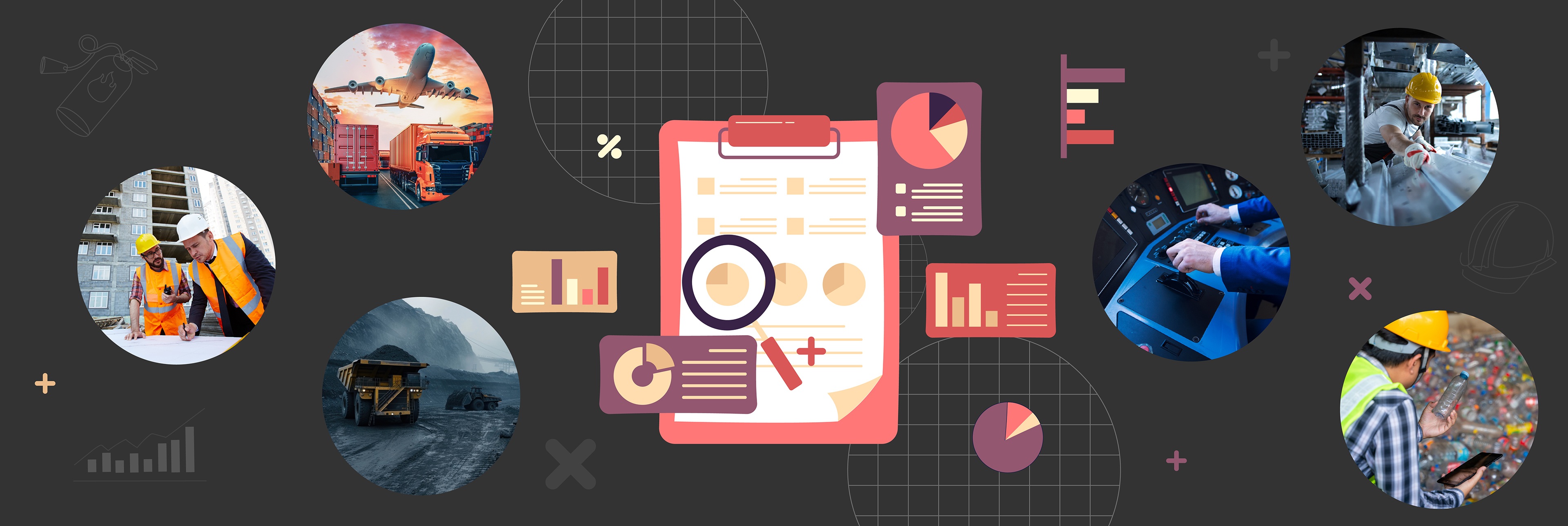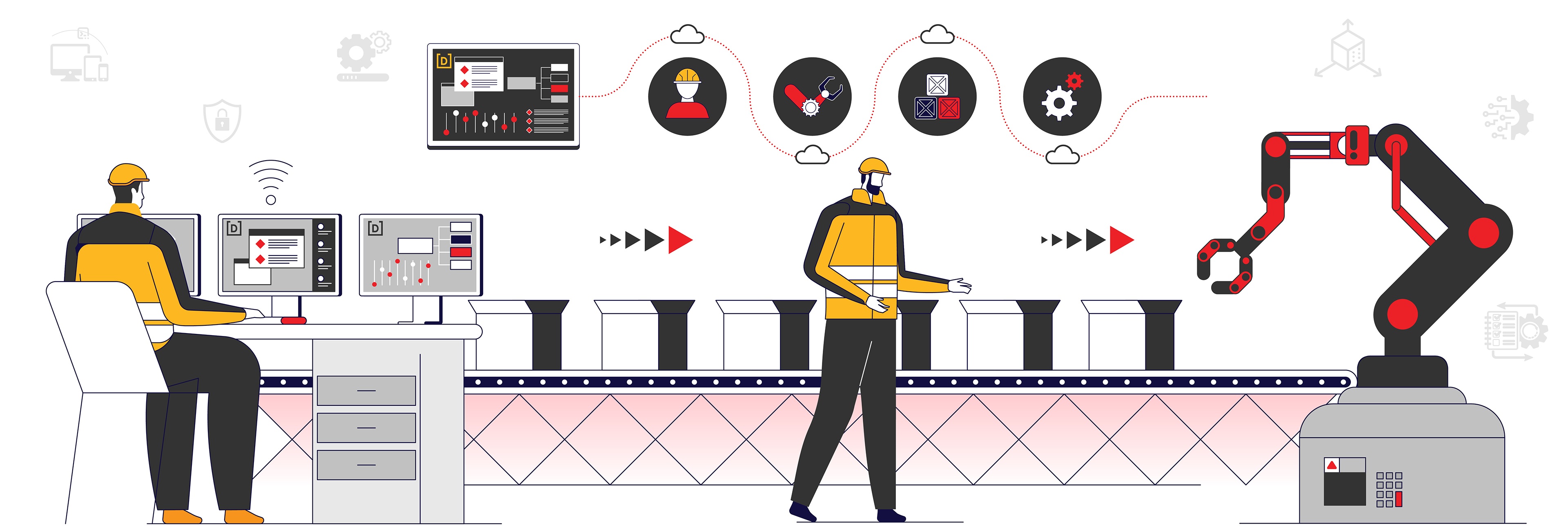
Task, Audit and Inspection Management in High-Risk Industries with MineOne™ SHERQ
Chitradip Pramanik
•
October 16, 2025
The success of any industrial operation depends on its ability to manage risks, maintain compliance, and ensure that all processes run safely and efficiently. Industries such as mining, construction, manufacturing, and logistics operate in high-risk environments where the smallest oversight can result in severe consequences. In such sectors, task and inspection management is not simply an administrative requirement but a critical foundation for operational integrity.
Across these industries, managers and workers are expected to follow stringent safety procedures, adhere to environmental guidelines, and perform checks before operations begin. Inspections and audits ensure that equipment is functioning properly, and work areas are safe for work, workers are protected, and regulatory standards are being met. Without these measures, accidents, penalties, and production stoppages quickly follow.
Traditional paper-based methods have been used for decades to manage inspections and tasks, but they often lack efficiency and accountability. Modern industries are now adopting digital solutions that bring structure, precision, and visibility into an audit and inspection. Among these, Reactore’s MineOne™ SHERQ solution stands out as a comprehensive and customisable workflow software designed to meet the specific needs of high-risk industries. While SHERQ stands for Safety, Health, Environment, Risk, and Quality, the solution is not confined to these domains alone. Its flexible architecture allows it to be completely agnostic, making it suitable for any scheduled or checklist-based operational requirement such as maintenance, equipment servicing, or process validation — activities that may fall outside the traditional SHERQ framework but still demand structure and traceability.
The Importance of Audit and Inspection Management
Inspections on industrial regulations and pre-start checks are vital because they act as safeguards before, during, and after operations. Equipment failures, unsafe working environments, and poor-quality control have all been linked to inadequate inspection processes. Task and inspection management provide a systematic approach that ensures nothing is overlooked.
When implemented effectively, these systems:
- Establish compliance with safety and environmental standards.
- Protect employees from hazards and unsafe conditions.
- Reduce the likelihood of costly downtime caused by equipment breakdowns.
- Maintain product and service quality at consistently high levels.
- Increase transparency and accountability across operations.
For industries such as mining or steel manufacturing, where the scale of operations is large and the risks are high, inspections form a daily necessity. A simple checklist ensures that machines have been maintained, safety equipment is functional, and workers have followed mandatory procedures. Without such checks, the probability of accidents and disruptions grows significantly.
The transition to digital solutions has emerged because paper-based systems cannot provide the speed, accuracy, or accountability that modern operations demand. This shift highlights why a solution such as MineOne™ SHERQ becomes essential.
The Challenges of Relying on Outdated Systems
Before exploring SHERQ in detail, it is important to understand the difficulties organisations face when task, audit and inspection management is handled through outdated methods.
Manual inspections recorded on paper often lead to missed items or incomplete checklists. There is no reliable way to track whether inspections have been carried out thoroughly or on time. Managers have limited visibility into what has been completed, which results in delayed decision-making and, in some cases, complete oversight of critical safety issues.
Accountability is also weakened because records are scattered, incomplete, or inconsistent. In the event of an incident, tracing responsibility or proving compliance during an audit becomes difficult.
Another major limitation of outdated systems is the lack of real-time monitoring. Industrial environments change rapidly, and risks can escalate within minutes. Without instant reporting, management cannot act quickly enough to mitigate those risks.
These challenges make it clear that industries require a structured solution that ensures compliance, provides visibility, and eliminates inefficiencies. This need is met by MineOne™ SHERQ.
Features that Directly Solve Industry Challenges
The strength of MineOne™ SHERQ lies in the combination of features that address specific problems faced by organisations.
Customisable Checklists
The Checklist Builder within SHERQ allows industries to create questions and forms that match their specific requirements, regulatory or organisational policies and procedures. For instance, a construction site can add questions about scaffolding stability, protective equipment, or hazardous material storage. Photos, comments, and yes or no responses can all be included to ensure inspections are detailed and verifiable.
Planned and Predictive Maintenance
By offering support for planned and predictive maintenance, SHERQ helps reduce unplanned downtime. Inspections can be scheduled at regular intervals, while predictive features use past data and equipment performance to forecast failures before they happen. This ensures equipment is maintained proactively rather than reactively.
Geofencing Capabilities
Large-scale operations often struggle to ensure inspections are conducted at the correct site. SHERQ uses geofencing to guide auditors and inspectors to exact locations. For industries such as mining, manufacturing, healthcare, or agriculture, this is invaluable because it ensures inspections are carried out where they are needed most.
Role-based Dashboards
Not all users require the same visibility. SHERQ provides role-specific dashboards that display only relevant information. District-level inspectors see their own tasks, while senior managers can view the entire organisation’s compliance status. This ensures clarity and prevents information overload.
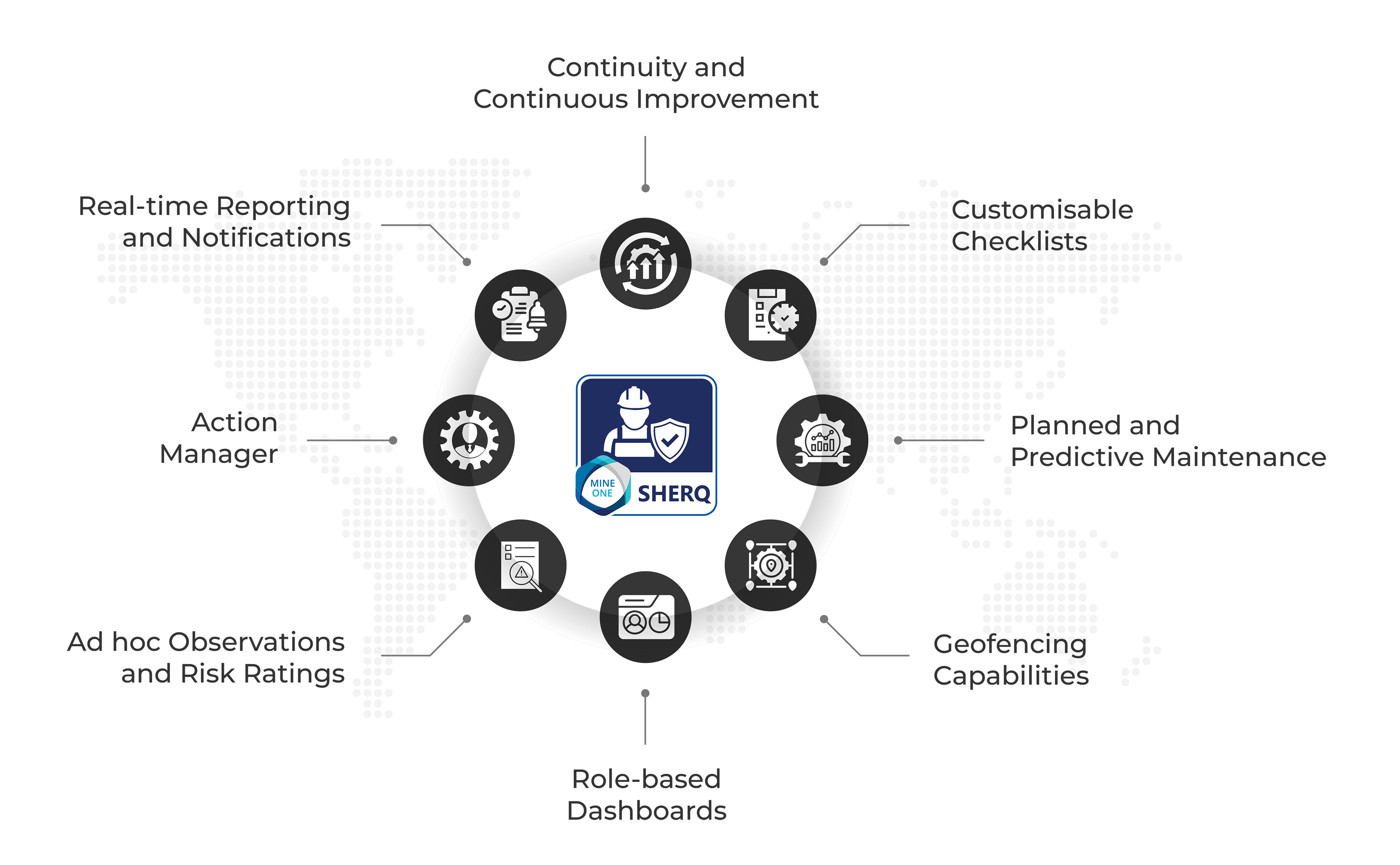
Ad Hoc Observations and Risk Ratings
Unexpected issues appear during inspections. SHERQ makes it possible to log these observations, attach photos or notes, and assign them to the appropriate personnel. Each observation can be given a risk rating, ensuring that critical issues are prioritised and acted upon without delay.
Action Manager
As part of the SHERQ ecosystem, the Action Manager feature enables the automatic generation of actionable tasks and corrective measures for any non-conformance or risk identified during inspections and audits. Each action item can be assigned to responsible personnel, tracked through to completion, and verified through digital proof or supervisor validation. This ensures that no identified risk remains unresolved and that management maintains full oversight of the corrective process.
Real-time Reporting and Notifications
Supervisors and managers receive instant updates when inspections are completed. Reports can be filtered by type, location, or status, giving leaders the ability to act quickly. Real-time insights also allow recurring issues to be identified, leading to long-term improvements.
Continuity and Continuous Improvement
SHERQ also supports continuity in inspection management, allowing previous inspections to be rechecked, verified, and compared against current results. This traceability forms the foundation for continuous improvement, helping organisations identify patterns in recurring issues, validate corrective actions over time, and ensure that improvements are sustained rather than temporary.
Reducing Human Error with AI and Smart Integrations
Even with structured digital inspections, there remains the possibility of human error. An inspector may misrecord data, overlook critical details, or unintentionally provide inaccurate information. In industries where safety and compliance are paramount, even small errors can lead to large-scale risks.
To address this challenge, SHERQ can be extended through integration with AI-driven tools, IoT devices, and smart cameras that automate parts of the inspection process. Instead of relying solely on manual data entry, these technologies capture and verify information directly from the operational environment.
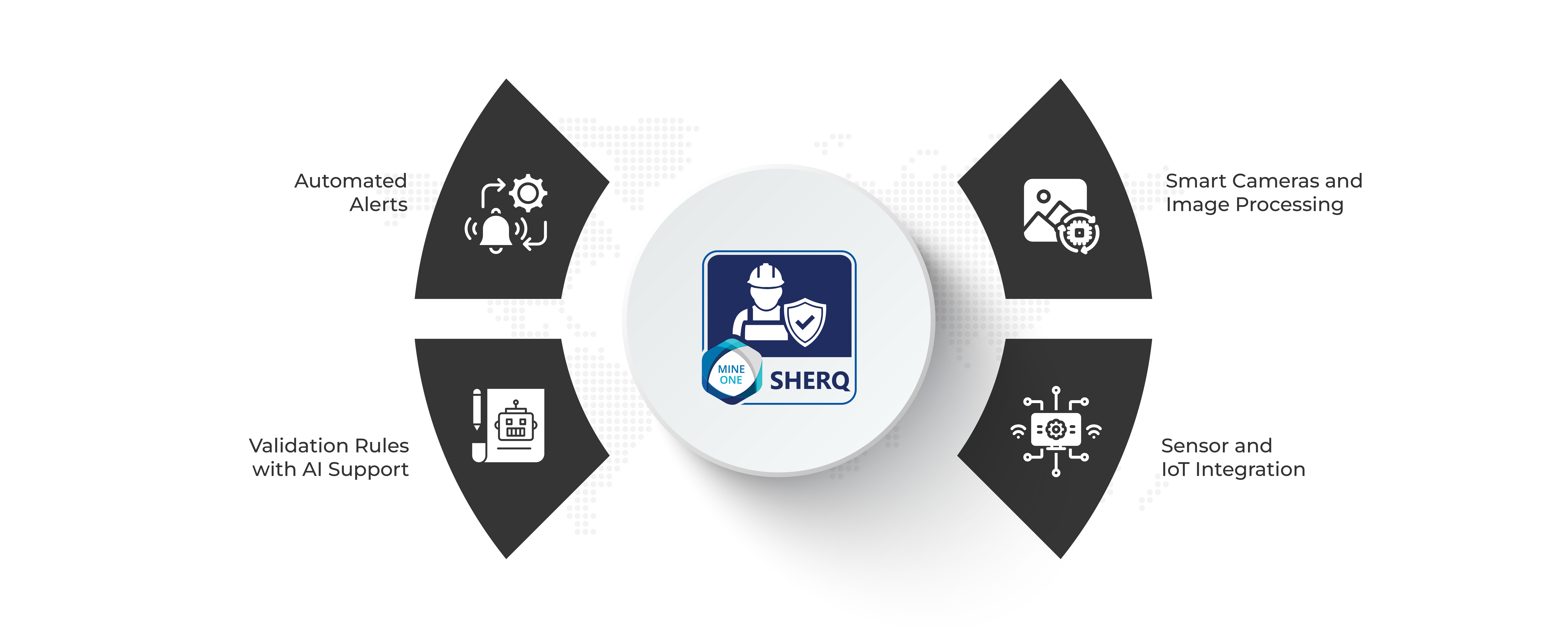
- Smart Cameras and Image Processing: Cameras installed at key points on a mining site, factory floor, or construction site can capture images or video streams. AI-powered image recognition then analyses these visuals in real-time, identifying hazards such as misplaced safety equipment, improper material storage, or unauthorised personnel in restricted zones. The results can be automatically logged into SHERQ without requiring manual input.
- Sensor and IoT Integration: IoT sensors embedded in machinery can transmit data on temperature, pressure, vibration, or fuel levels. SHERQ receives this data directly, eliminating the risk of inspectors entering incorrect readings. Explore how unified system integration drives digital maturity in operations in this related blog.
- Automated Alerts: AI can compare collected data against safety thresholds or compliance parameters. If abnormalities are detected, SHERQ generates alerts and assigns corrective actions instantly. For example, if a conveyor belt exceeds a temperature limit, the system notifies maintenance staff with photographic or sensor-based evidence attached.
- Validation Rules with AI Support: Rules can be predefined within SHERQ to establish a minimum margin of error for manual entries. For example, if an inspector enters a temperature value outside the realistic range, the system can flag it. AI-enabled image processing may also validate whether the recorded information matches visual evidence, ensuring consistency between what is observed and what is entered.
By combining geo-fencing, IoT integrations, and AI-powered validation, SHERQ creates a hybrid inspection process. Inspectors continue to provide critical judgement and context, while technology ensures the accuracy of recorded data. This approach builds a reliable inspection management framework where human oversight and digital verification work together to achieve near-zero error rates.
Industry Applications of MineOne™ SHERQ
The versatility of SHERQ is best demonstrated through its practical application across different industries. Each sector faces unique safety, compliance, and operational challenges, which SHERQ addresses with customisable workflows, digital inspection tools, and real-time reporting.
Mining operations involve heavy machinery, hazardous environments, and strict compliance requirements. SHERQ is used to digitalise audit and inspection processes for both underground and open-pit mining operations.
- Equipment Checks: Daily inspections on drills, haul trucks, conveyors, and crushers can be scheduled. Each checklist includes detailed questions such as “Are braking systems functional?”, “Are hydraulic hoses intact?”, and “Has lubrication been logged?”. Inspectors can attach photos or upload diagnostic data directly from IoT-enabled machinery.
- Zone-based Safety Inspections: Geofencing ensures that inspections are conducted in designated areas such as blasting zones, shafts, or fuel storage facilities. Inspectors cannot close tasks unless they are physically present at the geofenced location.
- Predictive Maintenance: By analysing historical inspection data, SHERQ predicts when equipment components are likely to fail. This allows maintenance tasks to be scheduled proactively, reducing unplanned downtime and preventing costly breakdowns.
- Risk Ratings: Ad-hoc observations such as loose cabling or damaged ventilation can be logged with severity ratings (low, medium, or extreme). These risks are flagged on dashboards for immediate escalation.
Construction projects involve multiple contractors, constantly changing work environments, and strict adherence to safety standards. SHERQ provides structure to these fast-paced and high-risk sites.
- Contractor Compliance: Customisable checklists verify whether contractors follow required safety protocols. Questions may include “Is fall-protection gear being used?”, “Are scaffolds secured?”, and “Is hazardous material signage visible?”.
- Material and Equipment Readiness: Checklists ensure that cranes, concrete mixers, and power tools are inspected before use. Photos of equipment tags or operator certifications can be uploaded as proof.
- Incident Reporting: If an inspector notices an unguarded edge or missing safety barriers, the issue can be logged as an ad-hoc observation, assigned to a site supervisor, and tracked until resolved.
- Role-based Dashboards: Site managers see only inspections related to their projects, while regional managers can view the compliance status of multiple construction sites in real-time.
In industries such as steel production, high-temperature processes, complex machinery, and environmental standards must be managed simultaneously. SHERQ ensures inspections cover every critical aspect of the plant.
- High Temperature Process Monitoring: Custom checklists verify whether cooling systems, emergency shut-offs, and protective equipment are functional. Integration with IoT sensors allows alerts to be raised if temperatures exceed thresholds.
- Environmental Compliance: SHERQ integrates with environmental monitoring systems to track emissions, water usage, and waste disposal. Reports are automatically generated to ensure regulatory compliance is documented.
- Quality Control: Inspections are used to confirm that machinery calibration, raw material handling, and finished product testing meet standards. Deviations can be logged and corrective actions assigned.
- Predictive Analytics: Historical inspection data highlights recurring issues, such as frequent breakdowns of rolling mill motors, allowing management to allocate maintenance budgets effectively.
In transportation and logistics operations, fleet safety, emissions compliance, and logistical efficiency are non-negotiable. SHERQ delivers a unified platform to oversee inspections, while a customisable solution, as explored in our “Transforming Fleet Operations” blog demonstrates how flexibility and adaptation can elevate fleet performance even further.
- Fleet Inspections: Checklists ensure vehicles undergo checks on tyres, brakes, lights, and emissions systems. Each inspection is timestamped and geotagged, confirming that the vehicle was physically inspected at the depot.
- Depot and Hub Audits: Geofencing confirms that inspections are carried out at the correct hub or warehouse. Issues such as fuel spillage or inadequate fire safety equipment can be logged in real time.
- Real-time Dashboards: Fleet managers gain visibility across hundreds of vehicles simultaneously. Inspections marked overdue or high-risk appear in red, allowing quick decisions to be taken. Learn how MineOne™ delivers real-time visibility and control in this case study.
- Regulatory Compliance: Reports generated by SHERQ provide evidence of compliance with road safety and environmental standards, ready for presentation during audits.
Waste management companies face strict environmental oversight and must maintain high safety standards for workers handling hazardous materials. SHERQ brings accountability and traceability to every step.
- Hazardous Waste Handling: Inspections confirm proper segregation, storage, and disposal. Questions may include “Are hazardous materials stored in sealed containers?” and “Are spill kits available at the site?”.
- Worker Safety: Protective gear usage, vehicle cleanliness, and site hygiene are recorded through checklists. Non-compliance can be flagged immediately and corrective actions assigned.
- Geofenced Inspections: Dumpsites, landfills, and recycling plants can be geofenced, so inspections are tied to exact locations. This prevents oversight and ensures compliance at every site.
- Recurring Hazard Tracking: If issues such as chemical spills are repeatedly logged, SHERQ highlights them as recurring risks, prompting higher-level intervention.
Across theseindustries, MineOne™ SHERQ acts as a customisable field service software that transforms inspections from a paper-driven task into a structured, data-rich process. Its combination of geofencing, predictive maintenance, customisable checklists, and real-time reporting ensure industries can not only meet compliance requirements but also improve operational efficiency and reduce risk.
The Way Forward...
Task, audit and inspection management forms the backbone of safe and efficient operations in high-risk industries. Manual systems are no longer sufficient because they leave too much room for missed steps, delayed reporting, and inaccurate records. MineOne™ SHERQ addresses these challenges by providing a customisable task, audit and inspection management system that ensures audits and inspections are structured, tasks are monitored, and compliance is consistently maintained.
The platform enables organisations to reduce downtime with predictive maintenance, improve visibility through real-time dashboards, and continuously refine processes based on recurring insights. With geo-fencing, IoT device integrations, and smart cameras powered by image processing, inspections can be verified automatically and errors in data entry minimised. Rules can also be configured within the system so that manual entries stay within a defined margin of accuracy, ensuring that even when human judgement is required, results remain reliable.
Beyond compliance and operational execution, SHERQ offers advanced analytics and insight capabilities that transform inspection data into strategic value. By identifying patterns, recurring risks, and performance trends, management teams can perform data-driven risk analysis and make informed decisions to strengthen long-term operational resilience. This analytical layer empowers organisations to move from reactive to strategic risk management based on real evidence from field operations.
This combination of structured workflows, digital verification, and intelligent automation makes SHERQ not just a compliance tool but a forward-looking solution that integrates human oversight with smart technologies. Organisations adopting MineOne™ SHERQ gain a safer workplace, stronger compliance, and more efficient operations, while also preparing for a future where inspections are increasingly guided by AI and data-driven insights.
Related Blogs
Get in touch with one of our mining technology gurus and learn how Reactore can assist with digital transformation possibilities.
Our Al-powered low-code application platform is a cost-effective alternative to traditional software development options. Build your dream app today!





